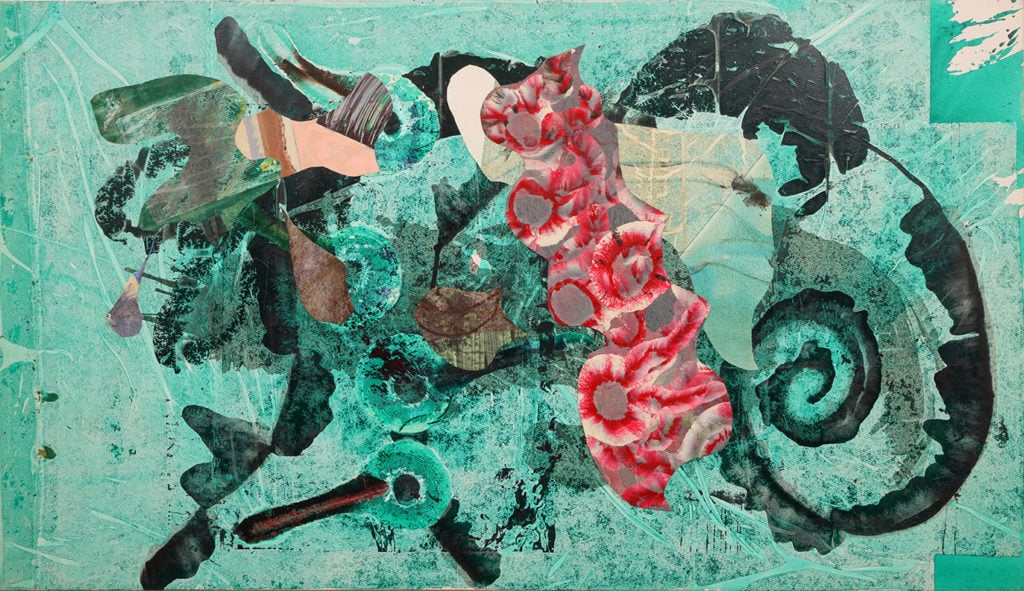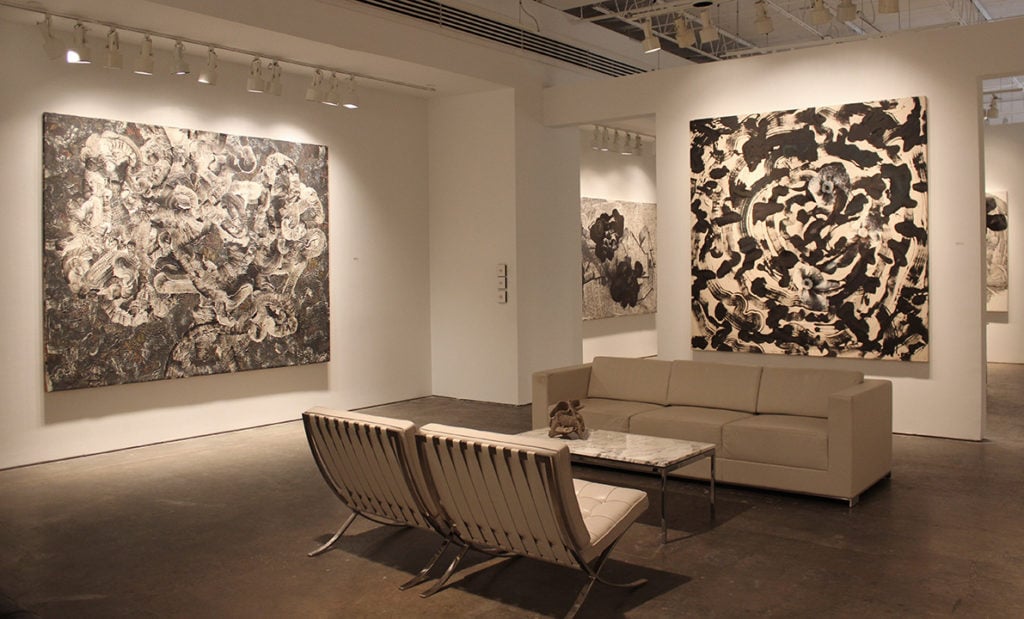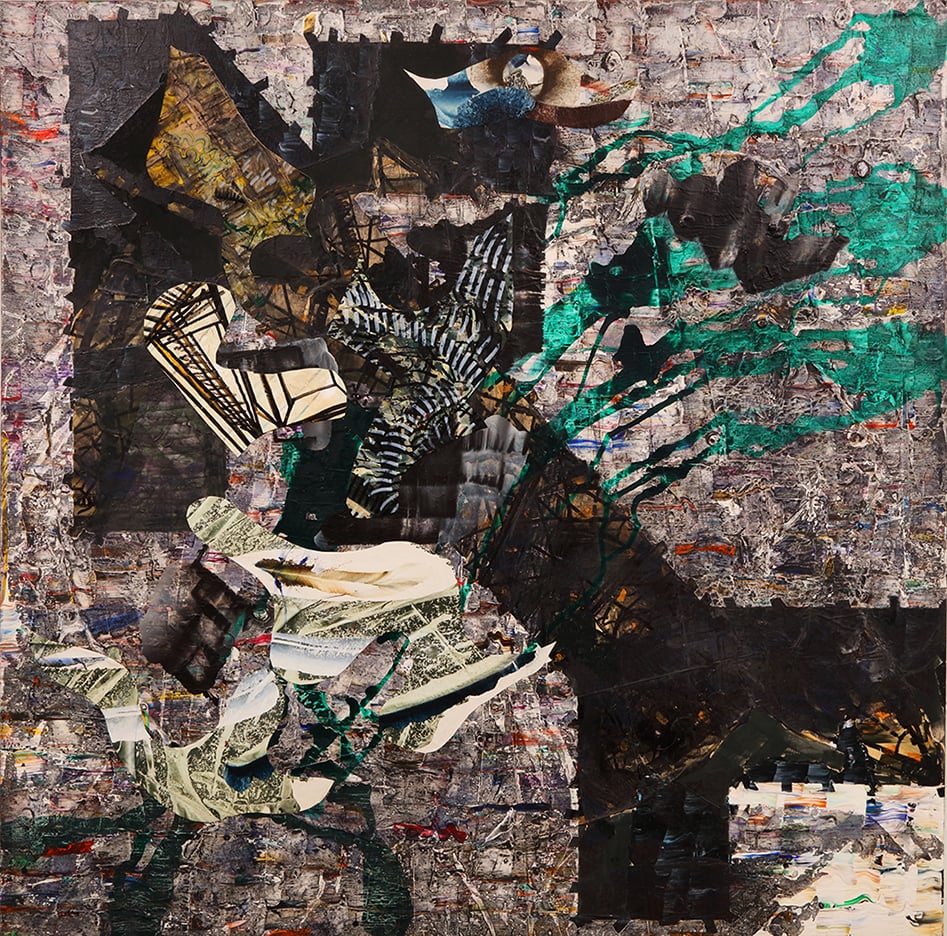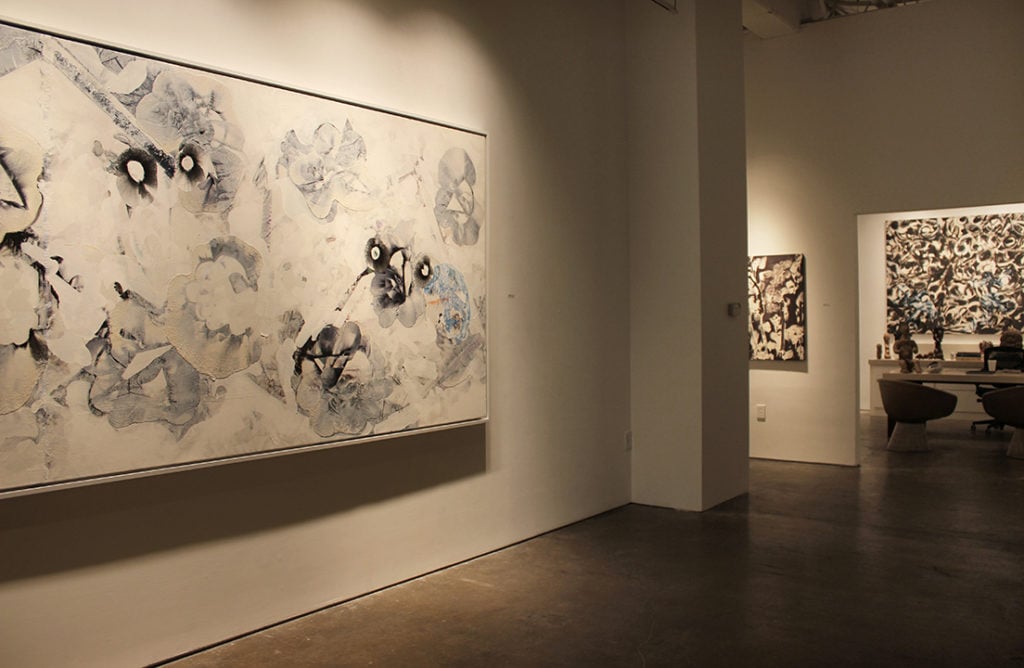Meet Herbert Creecy, the Atlanta Artist Who Introduced a Distinctly Southern Flavor to Abstract Expressionism


Artnet Gallery Network

Few art movements are as closely associated with a specific time and place as Abstract Expressionism. For better or worse, our collective understanding of the influential postwar movement is inextricably linked to New York City in the late 1940s and ’50s.
Of course, it was much bigger and more widespread than that. Consider, for instance, the work of artist Herbert Creecy, regarded as the most renowned Abstract Expressionist artist of the south. Creecy’s art world was not defined by New York. Born in 1939 at Norfolk, Virginia, he spent the majority of his working life in Atlanta, where he was a towering figure in the local art scene until his death in 2003.

Herbert Creecy,, Sea Foam Dream (1992). courtesy of Bill Lowe Gallery.
“Herbert Creecy: A Legend Rediscovered,” on view now at Bill Lowe Gallery in Atlanta, sheds light on the artist’s contributions to both the regional art scene and the history of American abstract painting.
The exhibition, a kind of mini-survey of Creecy’s career, includes a carefully edited group of “greatest hits,” Bill Lowe tells artnet News. The works were selected from several hundred the gallery acquired this year after it became the exclusive representative of his estate. The majority of the paintings have never been seen by the public before.
They also represent something of a departure for the artist. “They are not in fact what most who followed Creecy had come to associate with his work,” Lowe says. “They contain a far more dynamic layering—both philosophically and materially—than much of his earlier work.” Nevertheless, they “reflect the qualities that define Herb’s work: rule-breaking, innovation, and a cinematic embrace of metaphysics and the organic universe.”

Installation view of “Herbert Creecy: A Legend Rediscovered.” Courtesy of Bill Lowe Gallery.
Indeed, Creecy was known for his formal experimentation. He introduced many different tools and techniques into his practice over time— air compressors, printmaking methods, and multiple types of collage, to name a few. He would even cut up previous works to reuse in new paintings.
Given these tendencies, it’s easy to imagine how the artist came to develop the busy, all-over aesthetic that now defines his work. His canvases often appear to burst with visual information, layered with a wide variety of marks and gestures—expressionistic swirls, Pollock-like drips, squeegeed scrapes and squiggles, and on and on.
Lowe believes this additive impulse is part of what made Creecy a distinctly southern painter. “It was part of his relationship to the dense, volatile nature of the South,” says the gallerist. “Southern artists tend to have a great reverence for organic materiality and layering, and are comfortable with decay and an abiding trust in the cycles of the natural world. They’re acutely aware of the impact this has on the region’s psyche, its heart and soul.”

Herbert Creecy,, Khan (2001). courtesy of Bill Lowe Gallery.
Creecy, he explains, embodied those tendencies in everything he did. ”I think of him as a kind of billboard for the most primal and cerebral duality of the south. Creecy is the visual expression of the region’s complex history and aspirations. His works state with great eloquence and elegance a declaration of the South’s urge to be freed from the burden imposed upon it by aspects of its history.”
But the thing that most made Creecy a southern artist was his deep and abiding confidence—his “Creecyness,” so to speak.
“Creecy’s works, especially the monumental ones, seem to proclaim an exuberant certainty of their greatness, and the greatness of the vessel through which they flowed—Herb Creecy,” says Lowe. “He loved being Herb Creecy. It’s fair to say this a characteristically southern attribute.

Installation view of “Herbert Creecy: A Legend Rediscovered.” Courtesy of Bill Lowe Gallery.
“Herbert Creecy: A Legend Rediscovered” is on view at Bill Lowe Gallery through April 14, 2018.